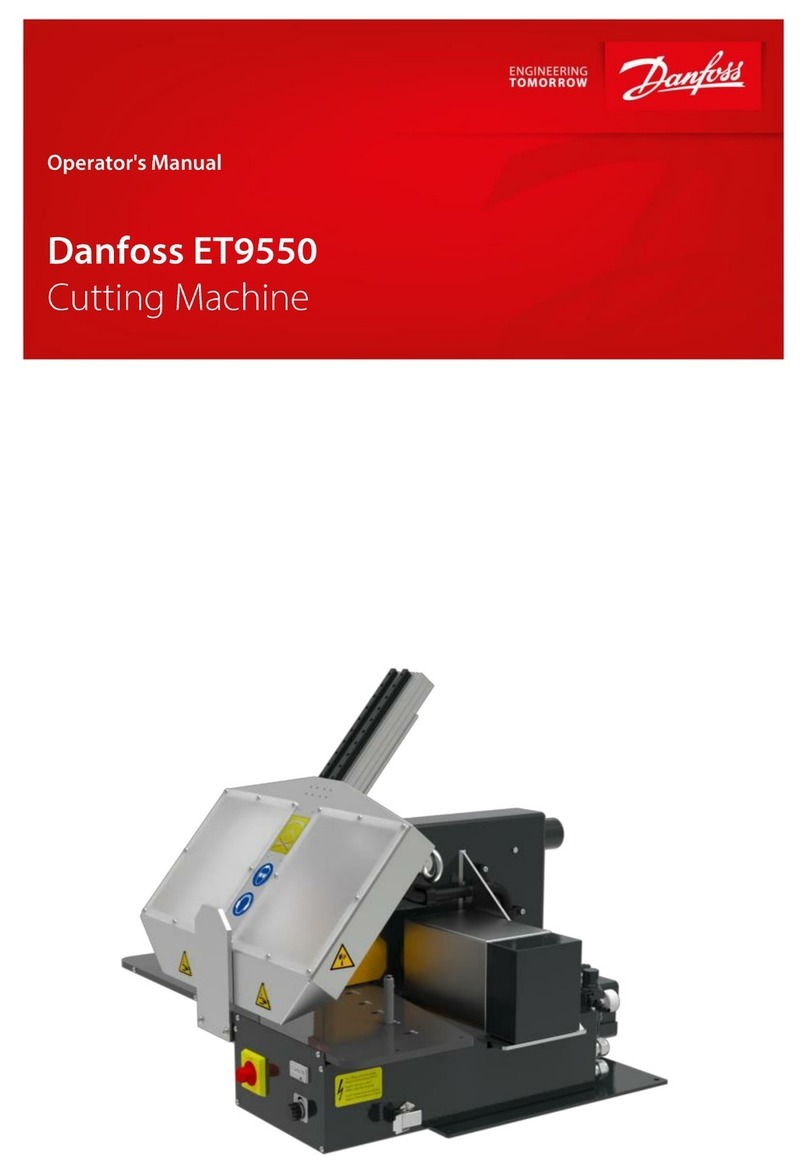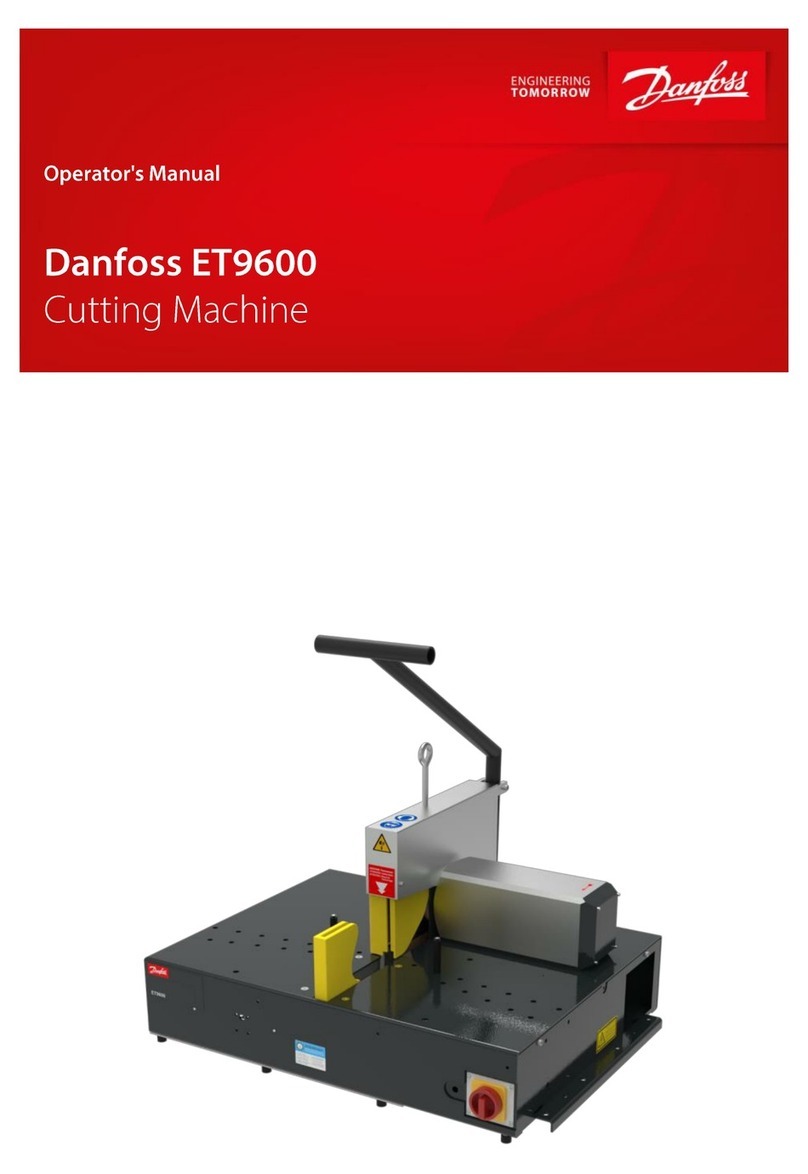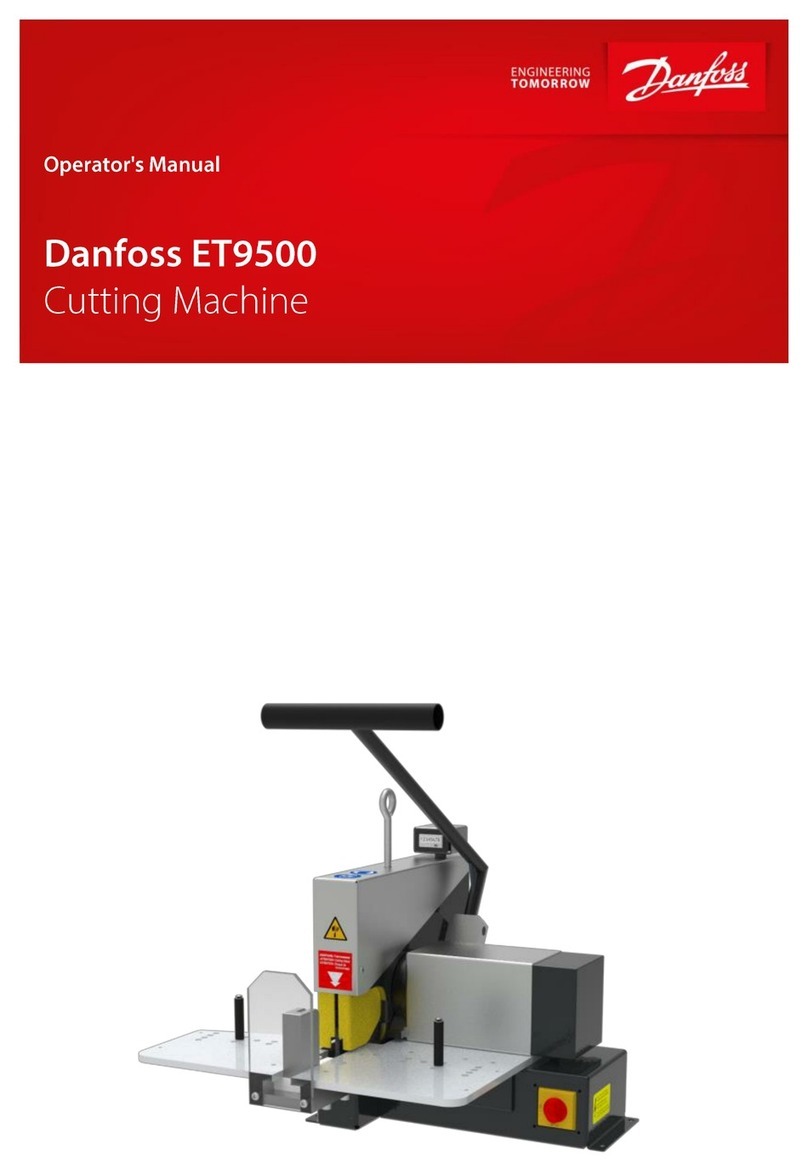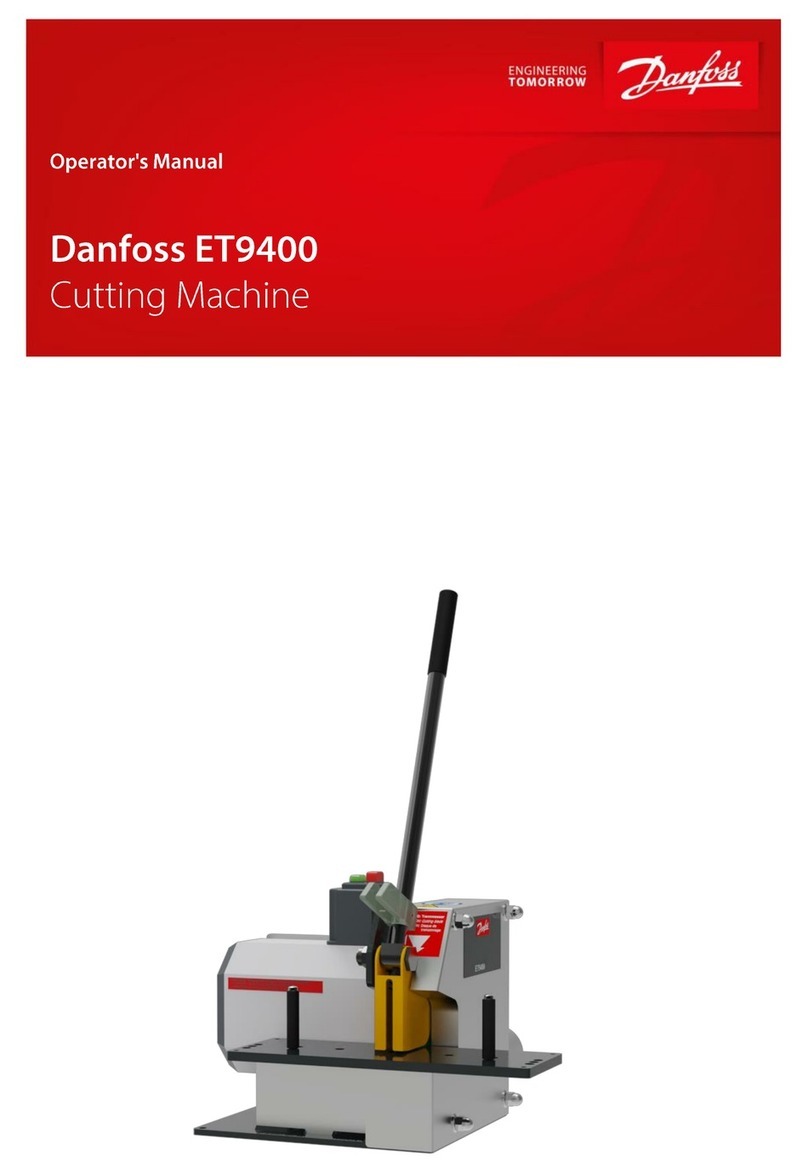Contents
1About this document .......................................................................................... 7
1.1 Target groups ............................................................................................... 7
1.2 Storage.........................................................................................................8
1.3 Name plate ...................................................................................................9
1.4 Abbreviations................................................................................................9
2Safety instructions............................................................................................ 10
2.1 Presentation of warnings ............................................................................ 10
2.2 Intended use............................................................................................... 10
2.3 Product-specific risks.................................................................................. 11
2.3.1 Risks imposed by mechanical equipment........................................ 11
2.3.2 Risks imposed by electricity............................................................. 12
2.3.3 Risk imposed by pneumatic system ................................................ 12
2.3.4 Risks imposed by noise................................................................... 12
2.3.5 Risks in case of fire.......................................................................... 13
2.4 Safety.......................................................................................................... 13
2.4.1 Working area................................................................................... 13
2.4.2 Emergency-stop .............................................................................. 14
2.4.3 Warning signs on the machine ........................................................ 15
3Machine description.......................................................................................... 17
3.1 Design and function.................................................................................... 17
3.2 Accessories ................................................................................................ 18
3.3 Operation and display elements ................................................................. 19
3.4 Technical data ............................................................................................ 20
4Transport and commissioning......................................................................... 23
4.1 Transport .................................................................................................... 23
4.2 Intermediate storage of machine/unit.......................................................... 24
4.3 Commissioning ........................................................................................... 24
4.3.1 Extraction process for TM/TMG cutting knife................................... 25
4.3.2 Extraction process for TMC cutting knife......................................... 26
4.3.3 Connection of compressed air......................................................... 27
4.3.4 Electrical connection........................................................................ 28
4.3.5 Initial operation ................................................................................ 29
5Operation ........................................................................................................... 31
































